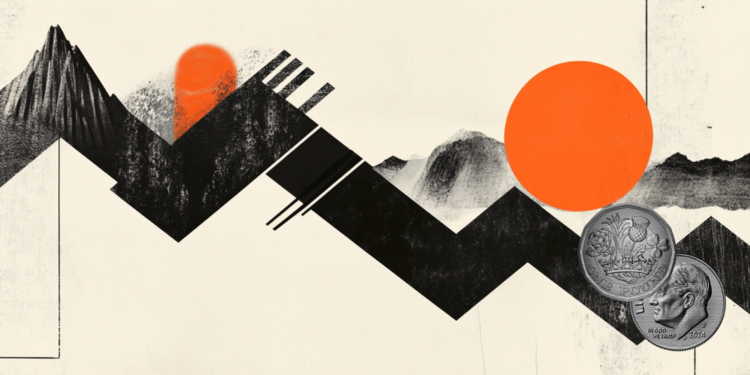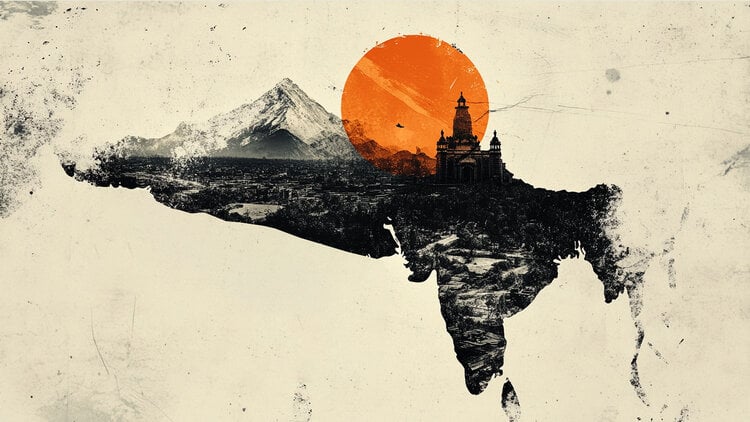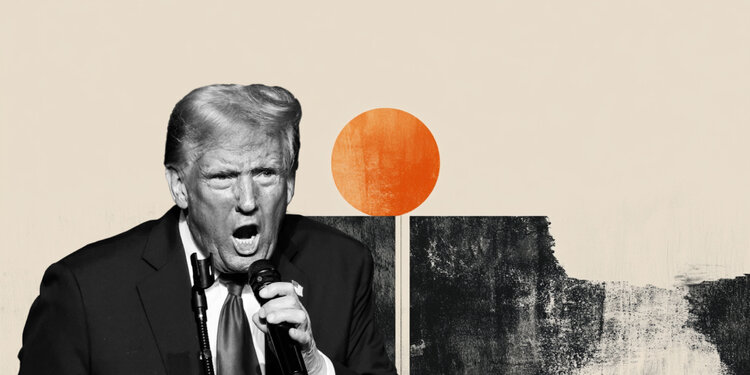A major winter storm and cold snap will affect nearly every state across the United States and bring what the National Weather Service is calling a “generation-type event” that will cripple travel on some of the busiest days of the year.
The deepening storm will bring more than a foot of snow and possible blizzard conditions to the Midwest, as the weather service warns of “life-threatening” cold winds for millions.
Over 90 million people are under winter weather alerts and over 87 million are under windchill alerts. These stretch across 37 states, reaching as far south as the Texas border with Mexico.
The number of people under winter and wind chill warnings has grown to more than 100 million people, roughly a third of the US population, according to the National Weather Service.
Cold will linger into Christmas weekend, making it the coldest in about 40 years for parts of the Plains and Midwest.
storm timeline
Wednesday (21) : The storm strengthened in the Northern Plains throughout the day, with heavy snow falling in most of the Rocky Mountains, Northern Plains, and the Midwest. Slippery roads will cause travel headaches and airport delays in places like Minneapolis, Omaha and Rapid City.
This system will bring 12 to 22 cm of light, fluffy snow across the region, with “the greatest amounts north and west of the Twin Cities,” the Twin Cities Bureau of Meteorological Services said. While snow is falling steadily across the region, the strong winds won’t kick in until Thursday.
Denver will go from a high of 47 on Wednesday to 10 degrees below zero in the early hours of Thursday. That would be the city’s coldest day in 32 years, according to the weather service. Cheyenne, Wyoming recently dropped 32 degrees in just eight minutes.
Temperatures in the greater Denver area will drop dramatically as the front passes over the next few hours.
At sunrise, the temperature is expected to be around 10 degrees below zero and gusts of wind from the north create a chill of around minus 25 degrees. The high temperature tomorrow will probably not exceed zero degrees.
A wind chill warning is in effect, as well as a winter weather warning. Several inches of snow will also make travel difficult later this afternoon through early Thursday.
Thursday (22) : will be the most difficult day to travel. The storm will hit the Midwest very hard, with heavy snow and strong winds. Western Minnesota will face not only blizzard conditions but potentially deadly cold winds on Thursday and Friday.
“Expect conditions of whiteout [neblina causada pela neve, dificultando ou impossibilitando a visão] during this period, with travel becoming very difficult or impossible,” the weather service said. “This event can be fatal if you are stranded with cold winds in the range of 30 below to 45 below zero.”
Chicago can also experience blizzard conditions with wind gusts up to 50 mph, with 2 to 4 inches of snow forecast.
“Overall, concern continues to mount over the rapid development of hazardous conditions on Thursday afternoon, with potentially significant impacts on the evening peak window,” the weather bureau’s office in Chicago warned.

In addition, strong winds can bring down power lines in the Midwest, especially in areas where it has snowed heavily in the past week and is already weighing down tree limbs. That will see millions find a way to stay warm as temperatures dip well below freezing.
Snow could fall as far south as Jackson, Mississippi, Memphis and Nashville, Tennessee, and as far south as Birmingham, Alabama, on Thursday. Little to no accumulation is expected for most Southern cities, however, Nashville can accumulate about an inch of snow.
In anticipation of what will be a week of travel nightmares, United, American, Delta, Southwest and Jet Blue have issued travel waivers for dozens of airports across the country, from the south to the northeast, because, in addition to snow covering the roads, the low visibility can make air travel dangerous.
At least 1,000 flights have been canceled in the US, according to flight tracking website Flightaware as of Wednesday night.
Chicago O’Hare International Airport leads the way, followed by Denver International and Chicago’s Midway International.
Cancellations at these airports can have a wider impact because they are busy hubs where travelers often change planes to reach other destinations. Thursday is expected to be the busiest day before Christmas for travel.
Friday (23) : The storm is expected to become a “bomb cyclone” overnight from Thursday to Friday. A bomb cyclone is when a storm intensifies quickly – and drops by 24 millibars (a term used to measure atmospheric pressure) in 24 hours.
The storm is expected to reach Category 3 hurricane pressure as it makes landfall in the Great Lakes, with the weather service describing the low strength as a “once-in-a-generation” event.
“This is a case where snow totals may not tell the whole story. Even small amounts of snow, when combined with very strong wind gusts and plummeting temperatures, can cause poor visibility and slippery patches on roads. The sudden arrival of these conditions can increase the danger,” explained the meteorological service.
The storm will hit the Great Lakes on Friday and will continue to produce heavy snow across much of the Midwest. Parts of Michigan could accumulate more than a foot of snow by Friday, making travel impossible at times.
Blizzard warnings are in effect for parts of the Dakotas, Montana, Minnesota, Iowa, Indiana and Michigan — where travel conditions will become difficult or impossible with the storm peaking Thursday through Friday. Major cities like Chicago, Kansas City, St Louis, the Twin Cities and Detroit are under winter storm warnings due to heavy snow and near-blizzard conditions.
Heavy rain will also cover much of the I-95 corridor, adding to travel problems and long delays at airports.
Even in places where the snow is gone, strong winds will continue to blow 30 to 40 mph across much of the Midwest and Northeast.
From Friday night through Saturday morning, New England will have a quick chance of snow and wind.
life-threatening cold
Places that will escape the snow, will not escape the cold. Areas from eastern Montana to the Dakotas will experience cooler air starting Thursday morning. The current chilly winds in Montana and the Dakotas are as cold as 50 to 60 degrees below zero and will drop further after dark on Wednesday.
Rapid City will feel like 45 degrees below zero on Thursday morning. By Friday morning, the Chicago wind chill will reach 30 degrees below zero.
“Dangerously cold chills can burn exposed skin in less than 5 minutes,” warned the meteorological service office in Bismarck.
Even the south will be dangerously cold. Wind chill from Nashville and Atlanta will drop to minus 11 Saturday morning and Birmingham will look minus 5.
Georgia Governor Brian Kemp on Wednesday declared a state of emergency due to upcoming “historic low temperatures” across the state, with wind chill close to zero or negative digits through noon on Friday.
The declaration will help “ensure that essential supplies, especially propane, can be delivered for commercial and residential needs,” the governor told reporters.
“Communities across the state are about to see temperatures they haven’t experienced in a decade or more,” Kemp said.
The state will pre-treat roads and bridges in anticipation of bad weather and officials have urged residents to refrain from traveling if possible.
Kentucky Governor Andy Beshear also declared a state of emergency, with wind gusts of 40 to 50 mph expected on Friday and temperatures of minus 10 to 26 degrees on Saturday. Beshear urged residents to stay off the roads and have a backup heat source.
Jackson and Birmingham will spend more than 80 hours below zero between Friday and Monday. Houston could stay below freezing for 46 hours between Thursday and Saturday.
Cold temperatures will remain through the Christmas weekend before finally moderating next week.
Source: CNN Brasil
Bruce Belcher is a seasoned author with over 5 years of experience in world news. He writes for online news websites and provides in-depth analysis on the world stock market. Bruce is known for his insightful perspectives and commitment to keeping the public informed.







